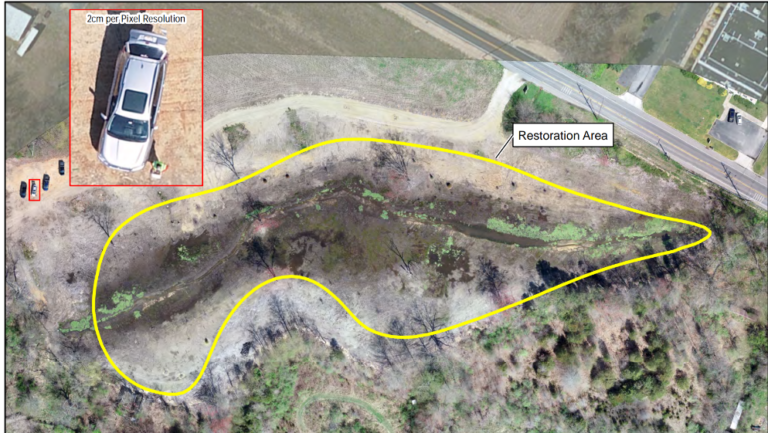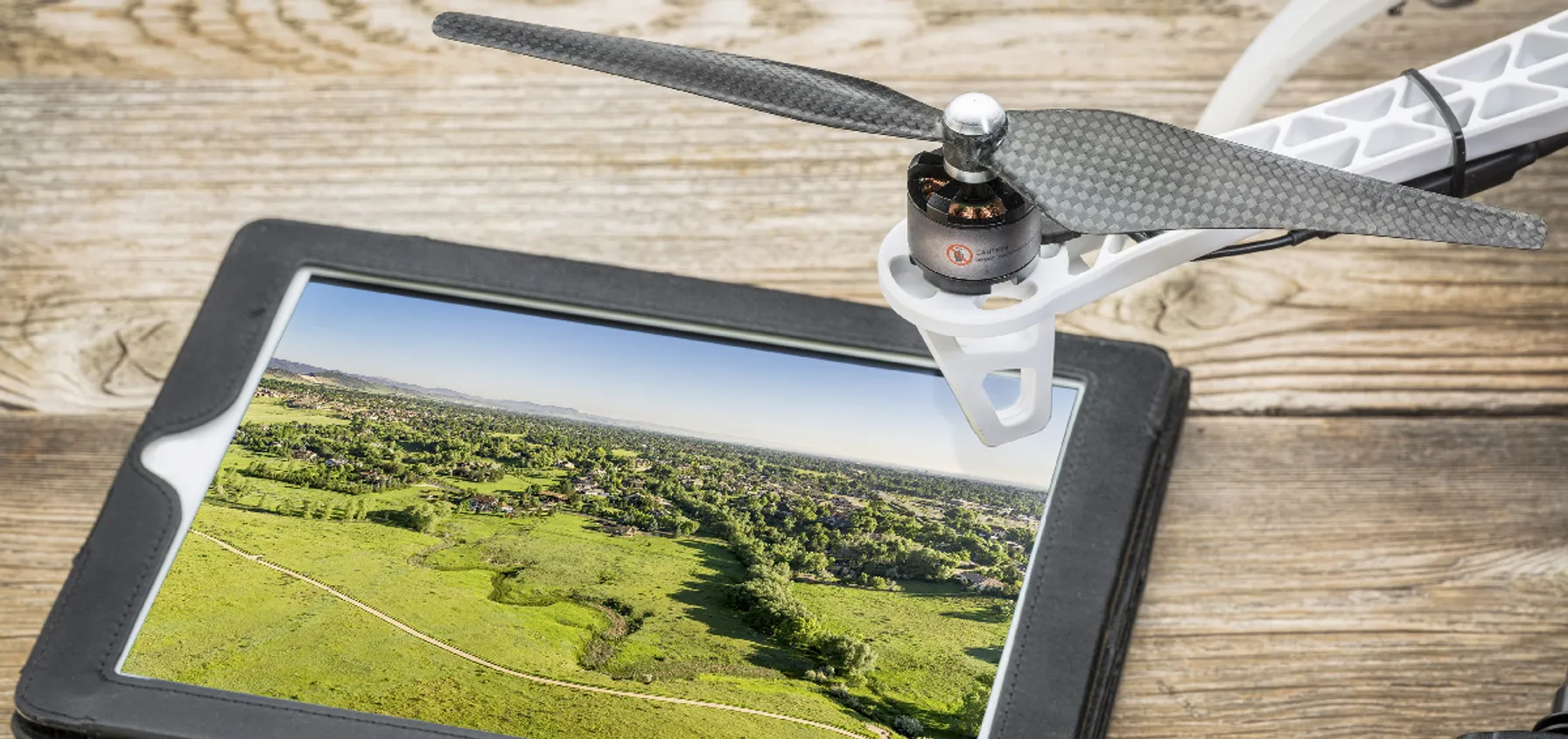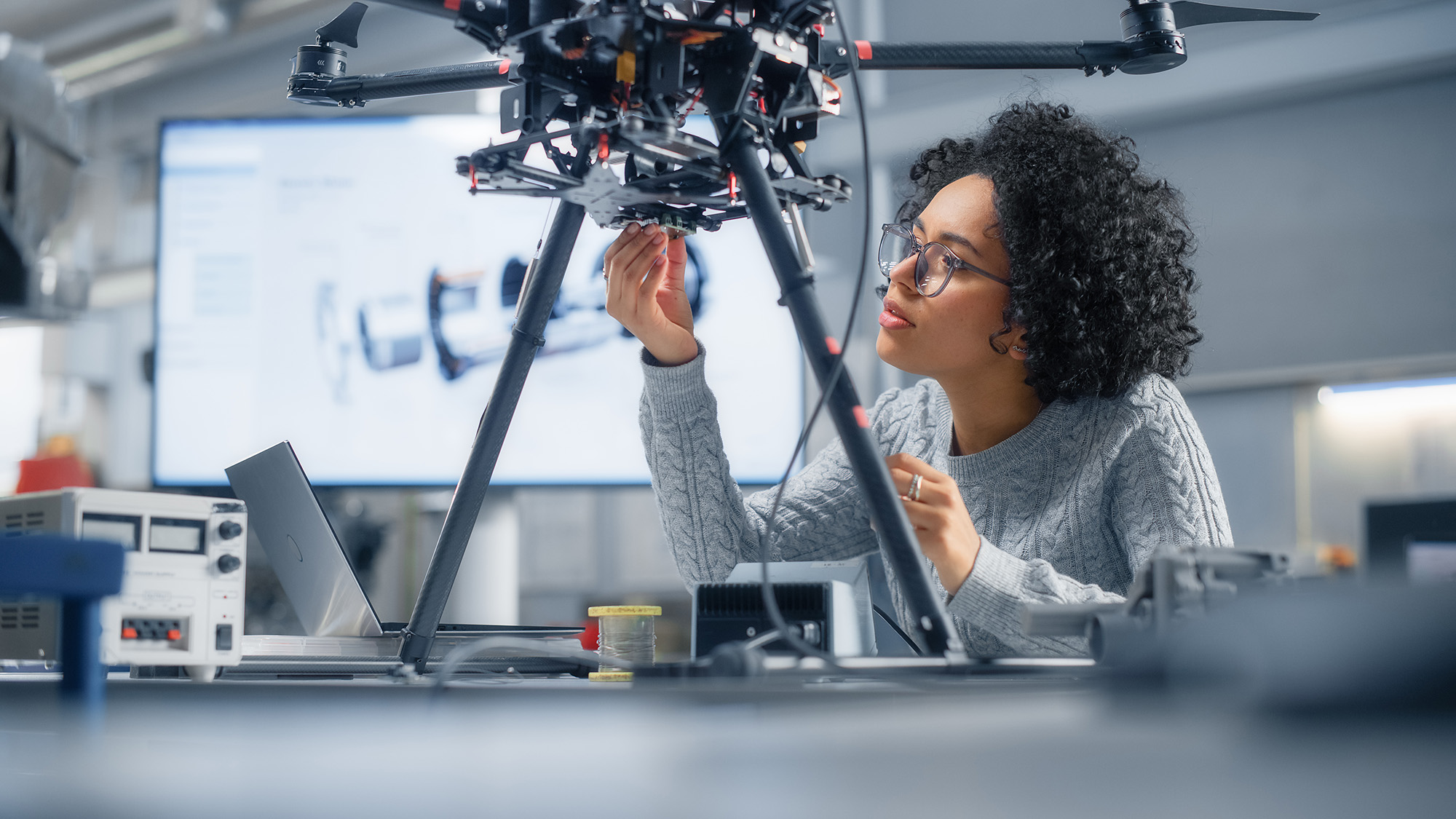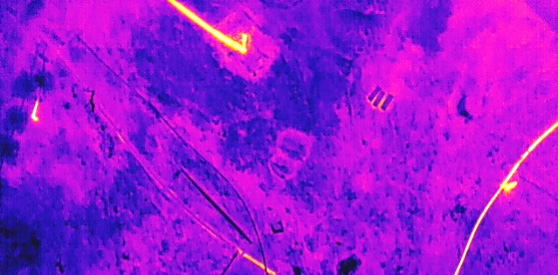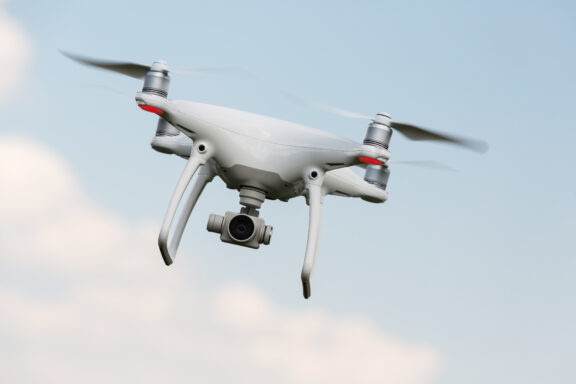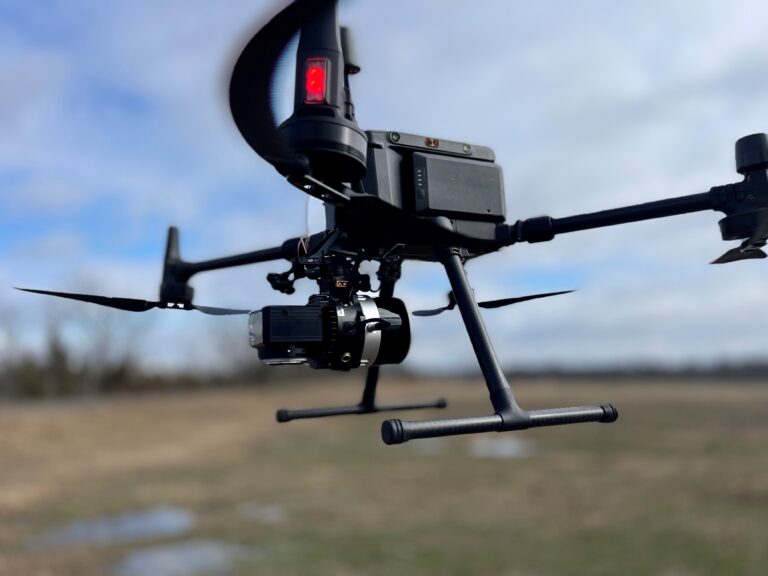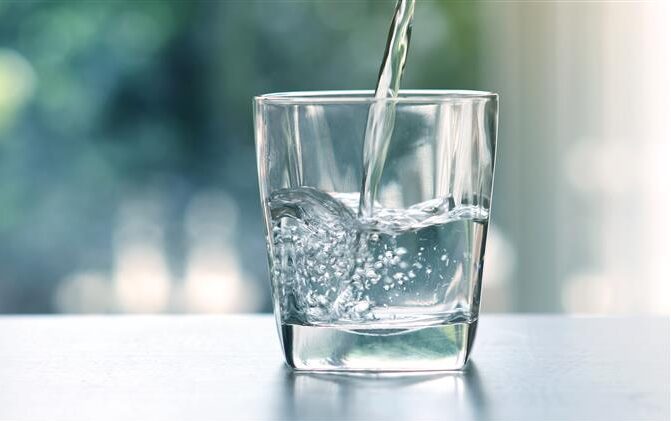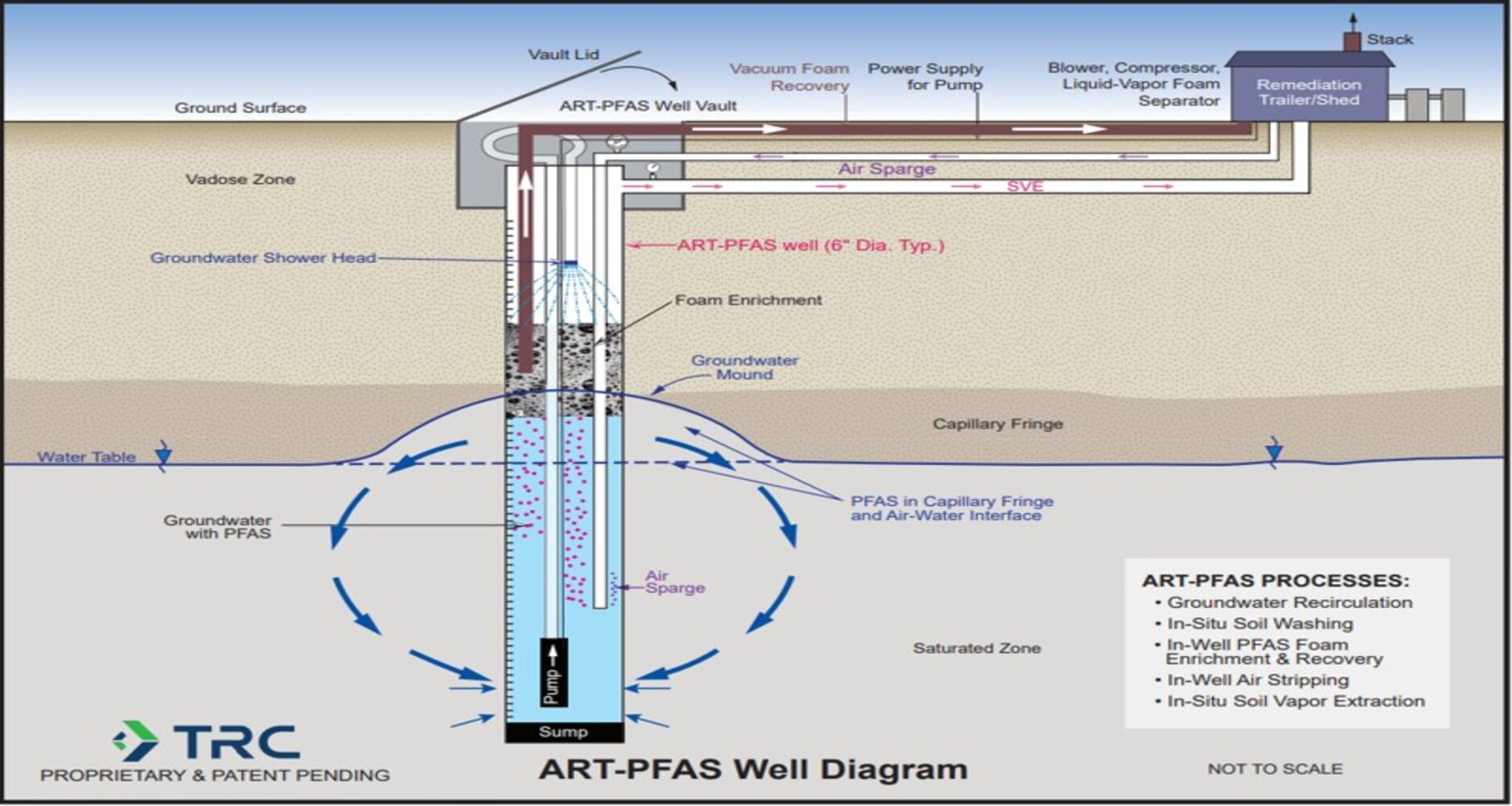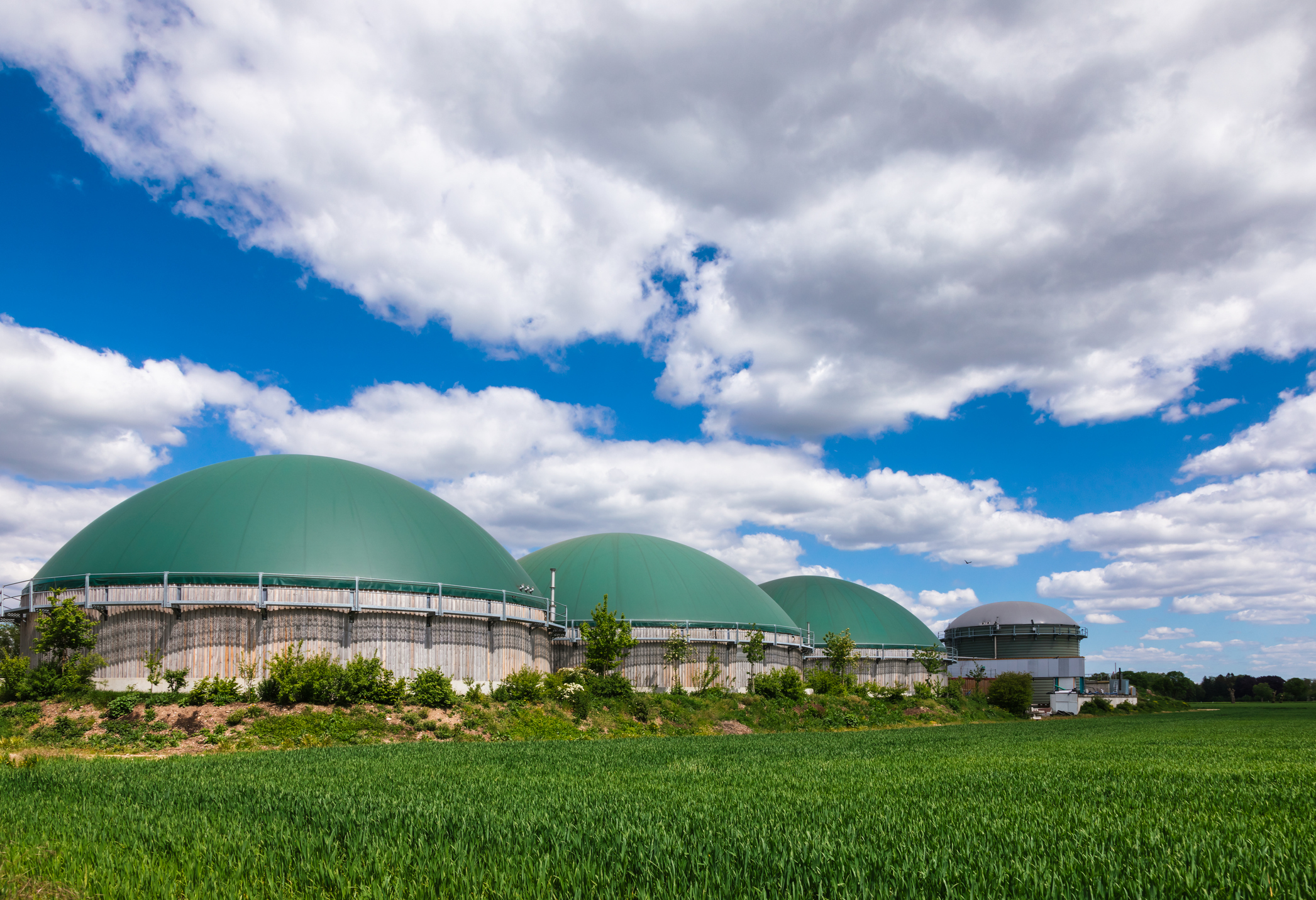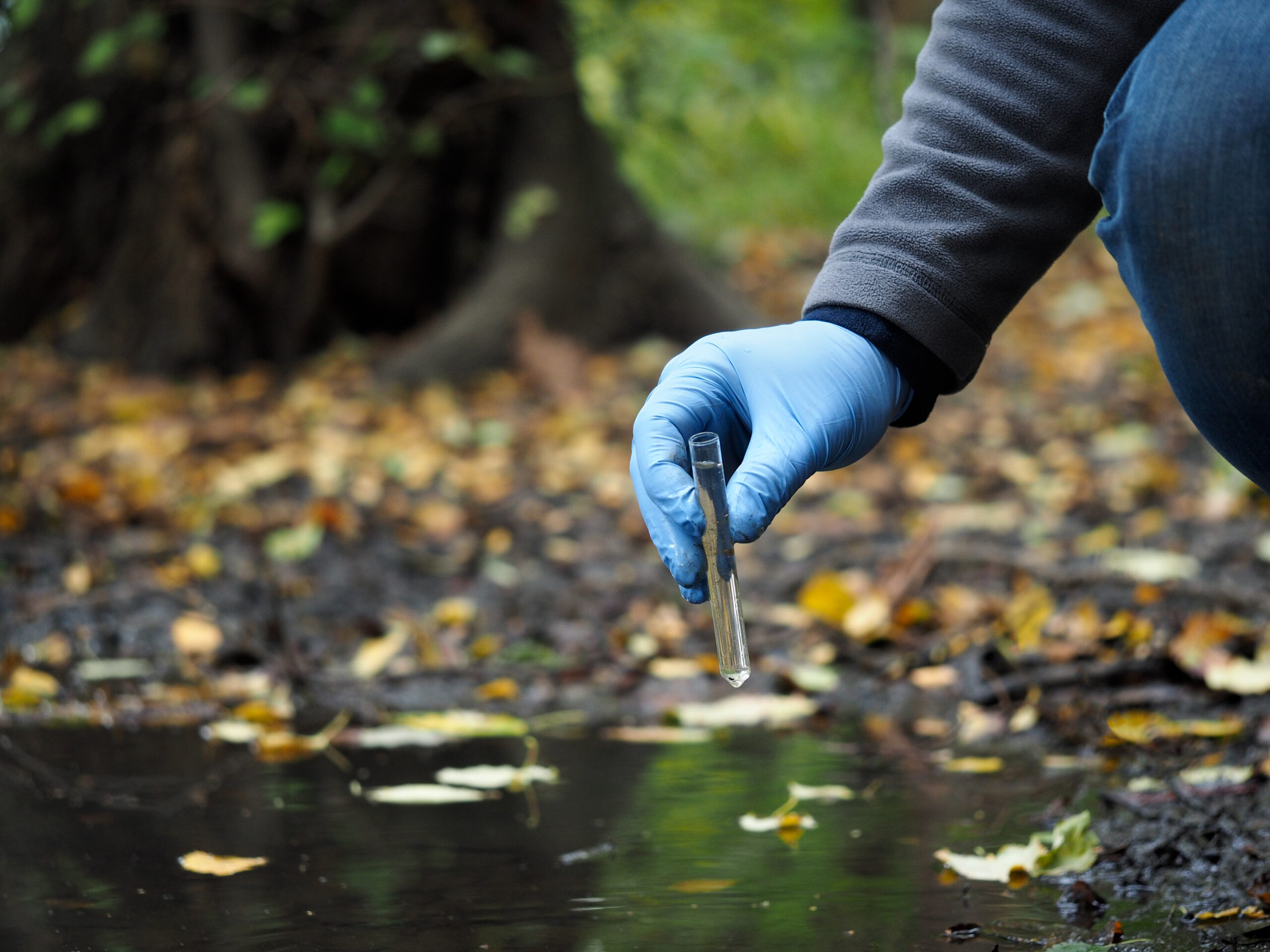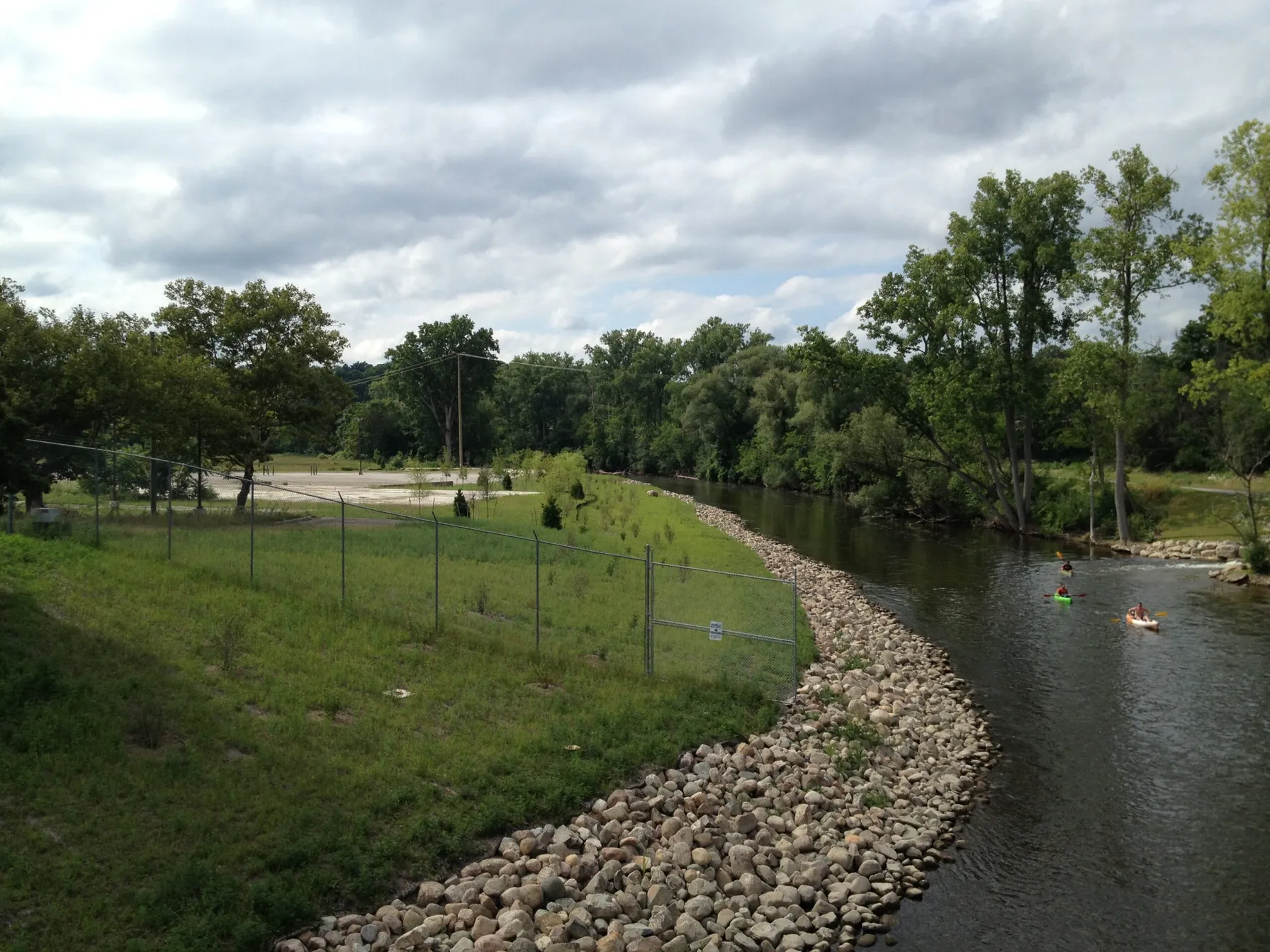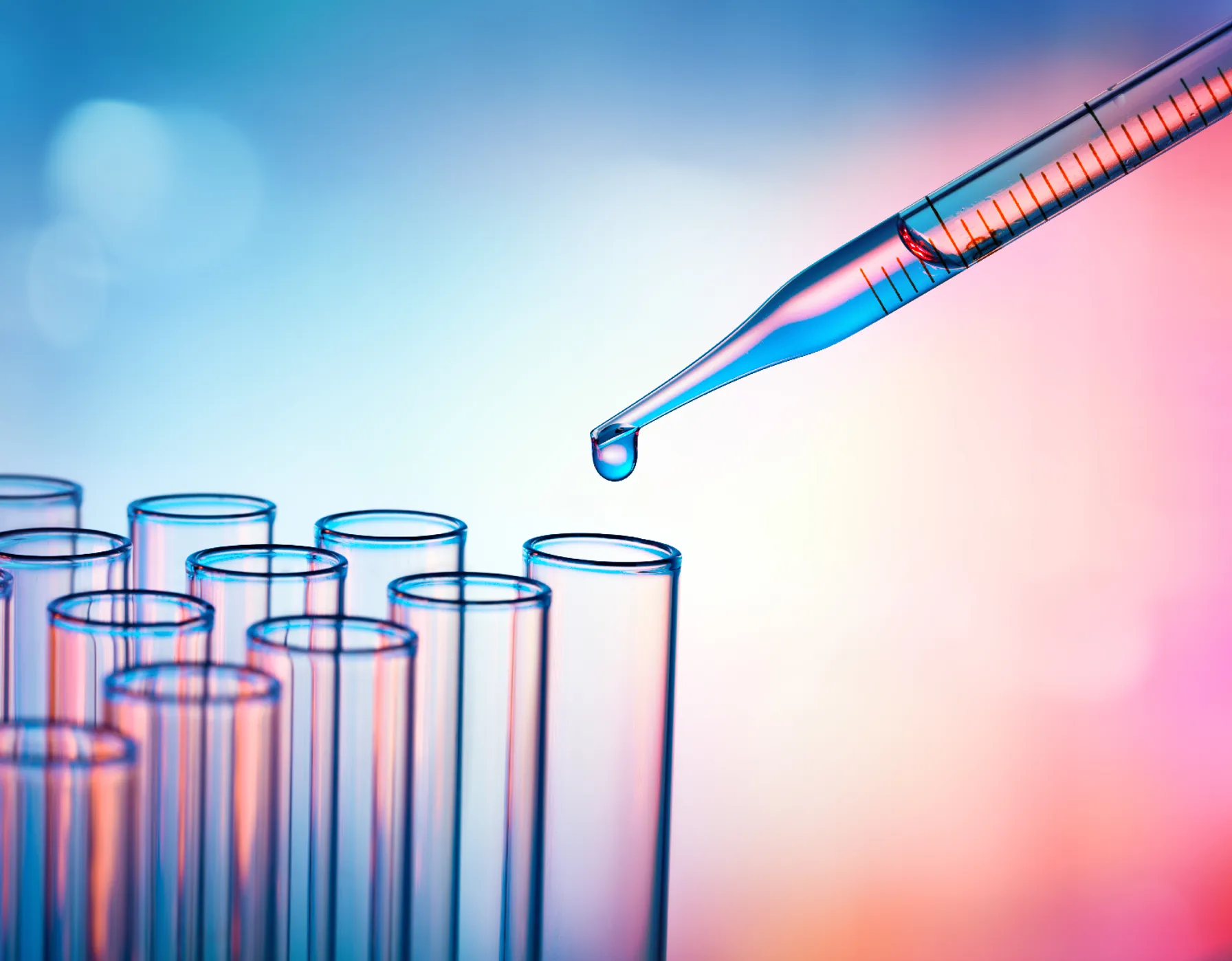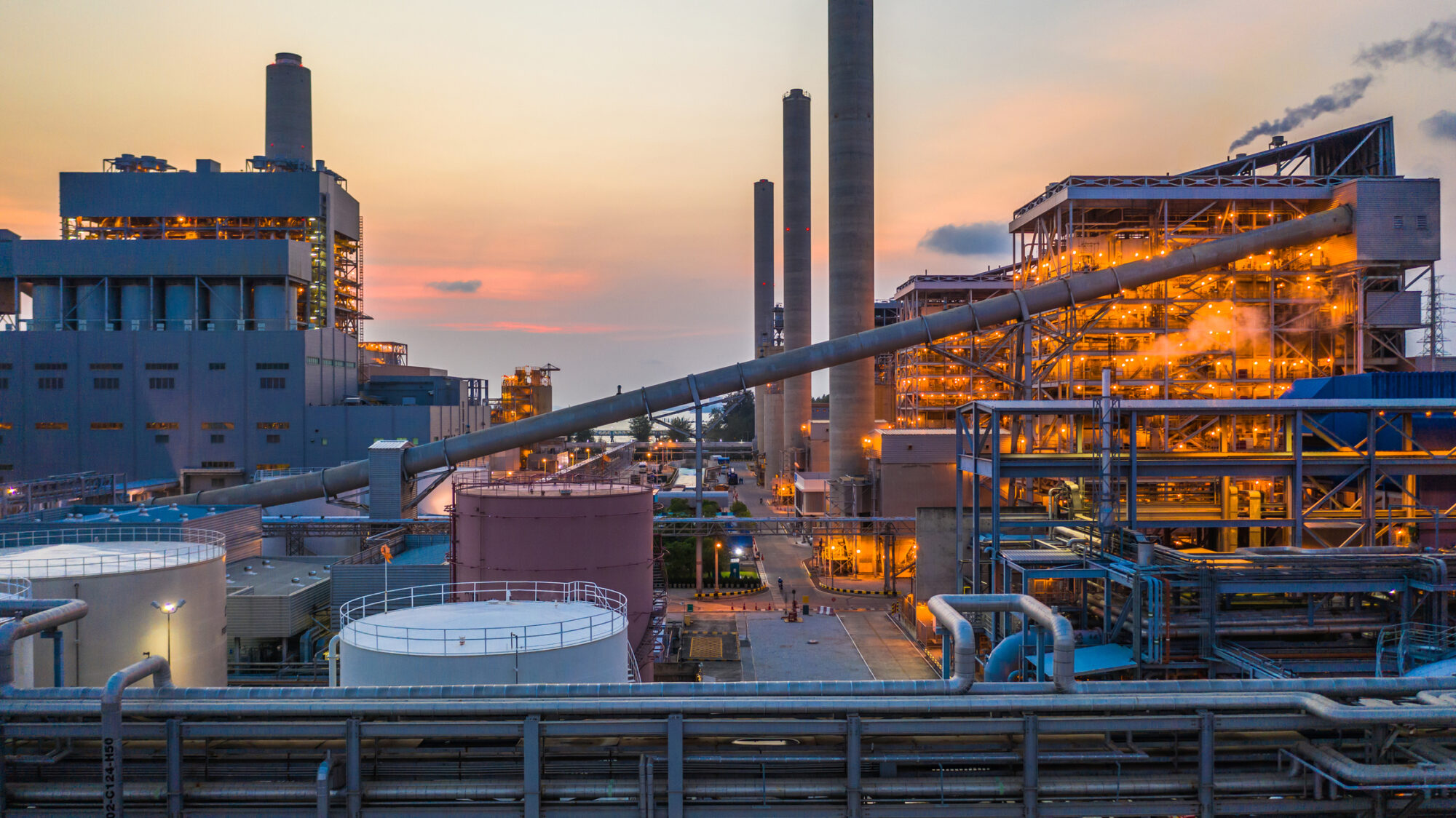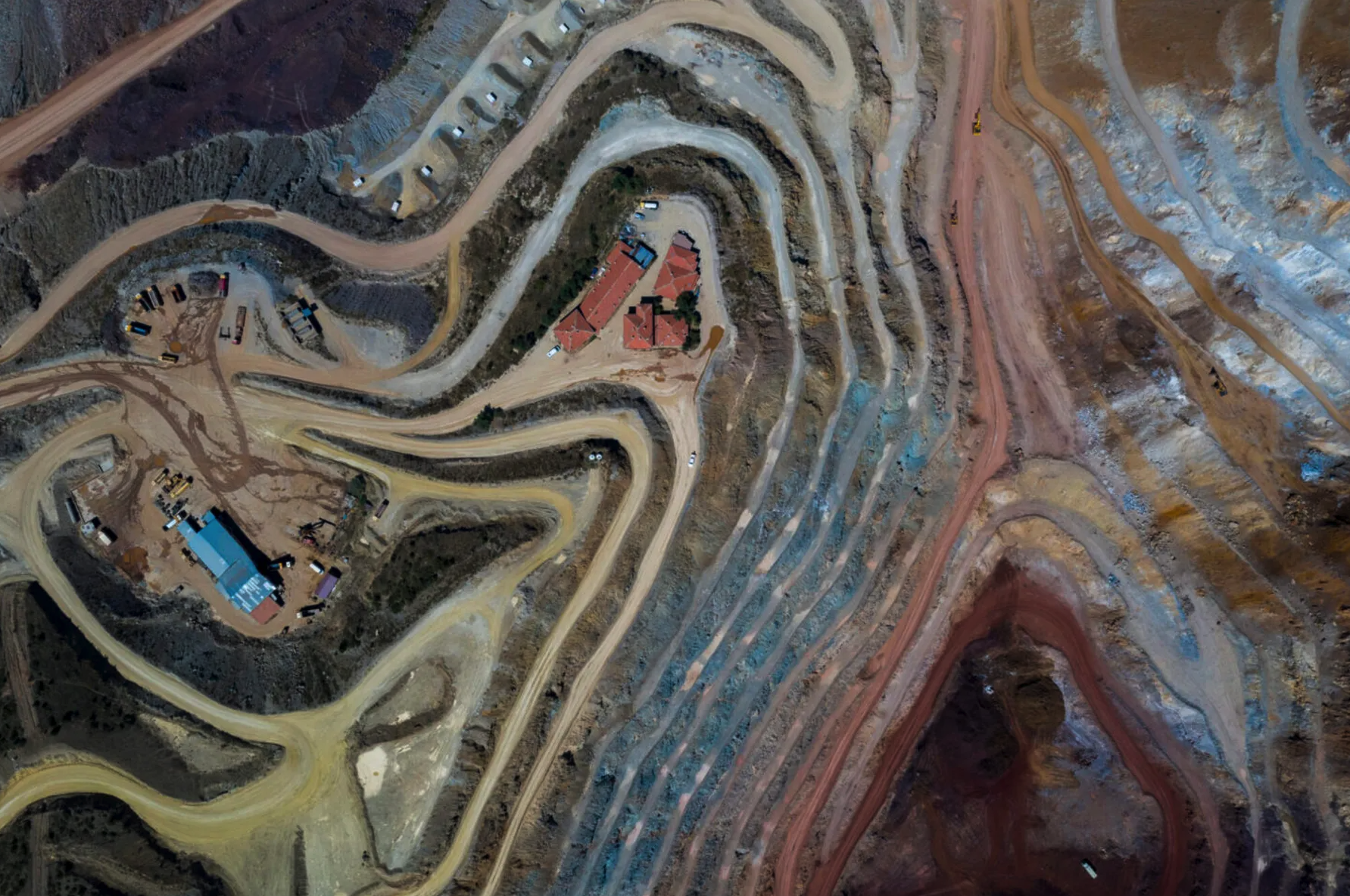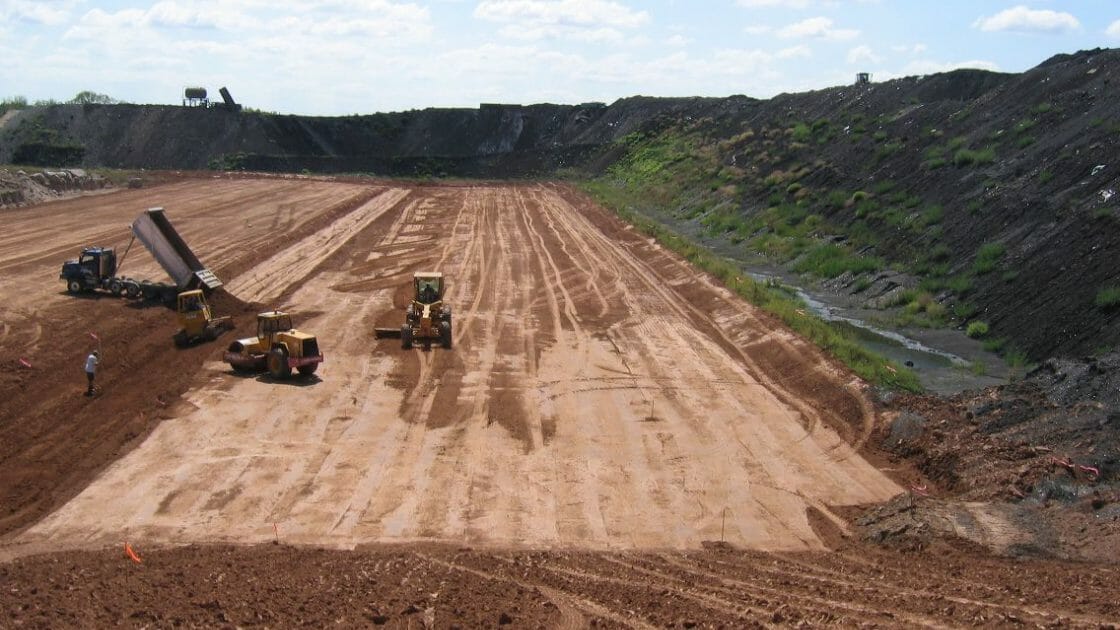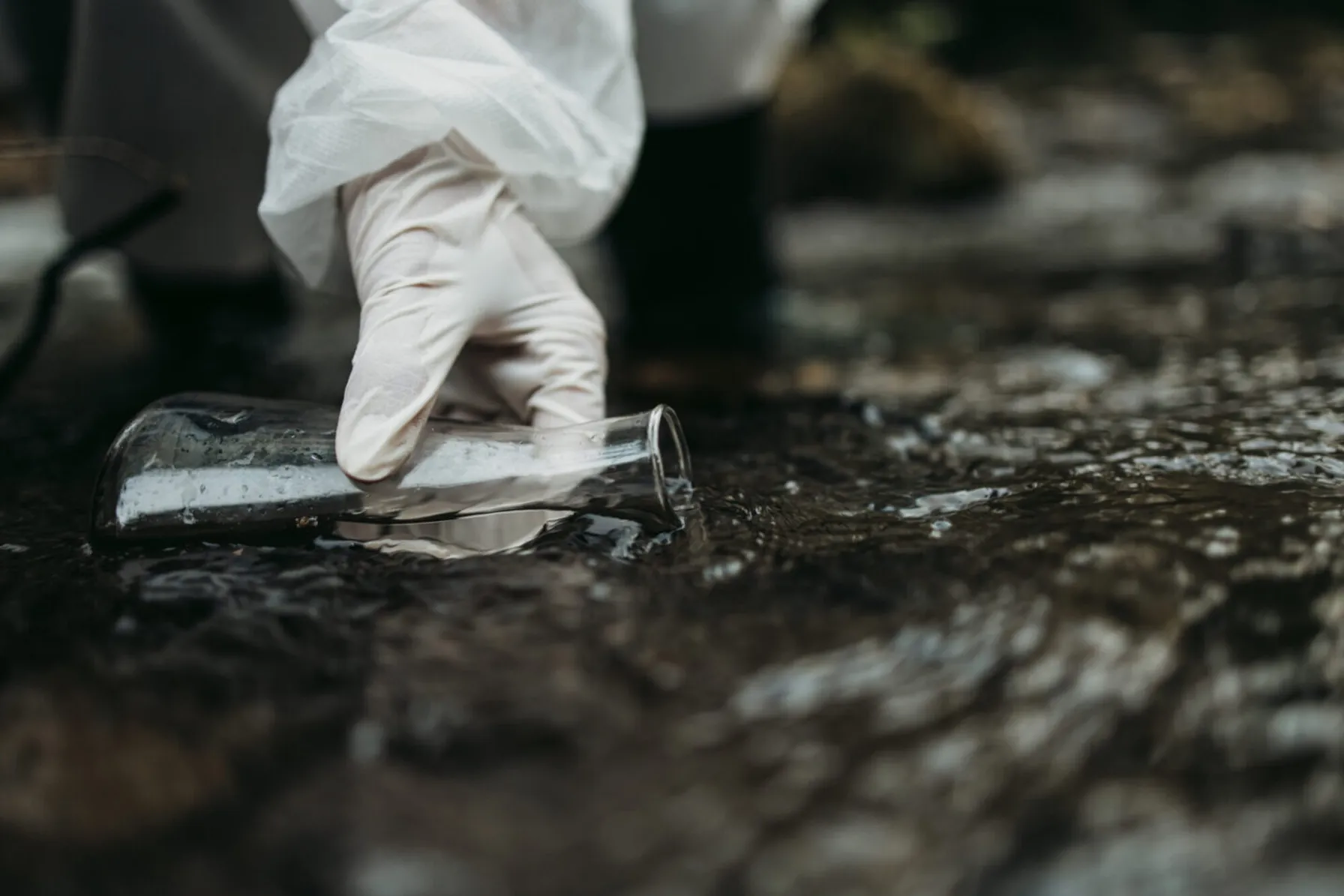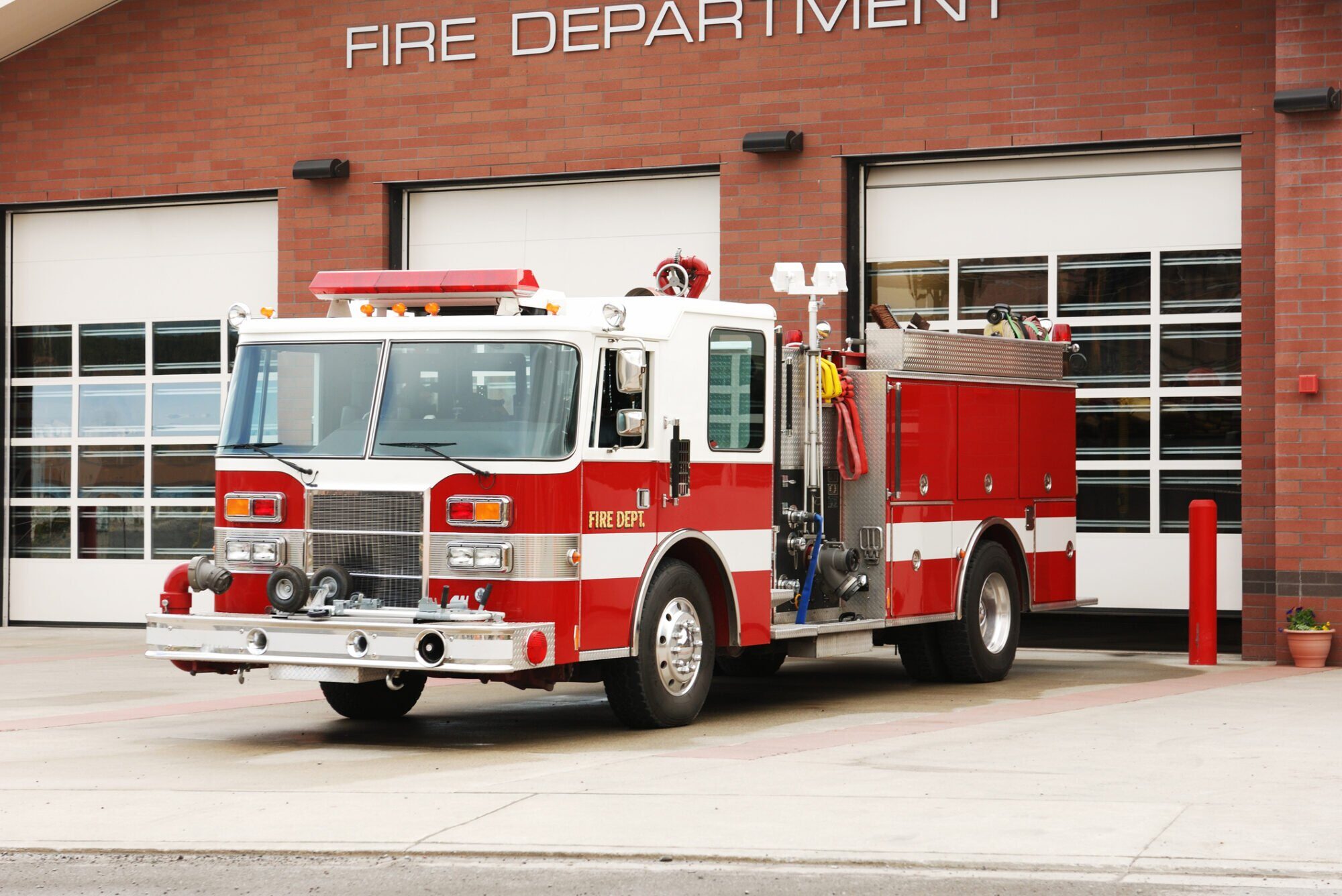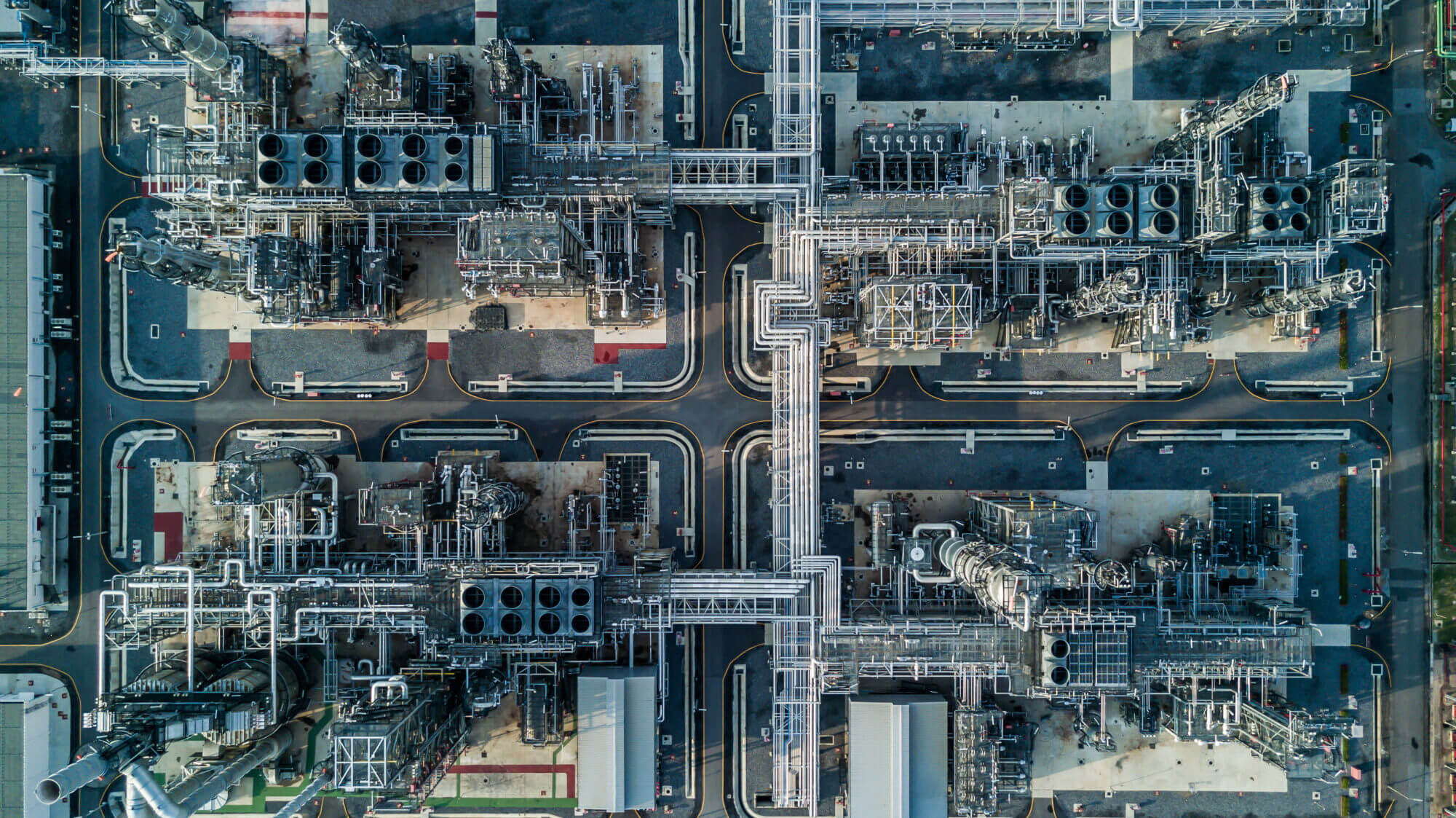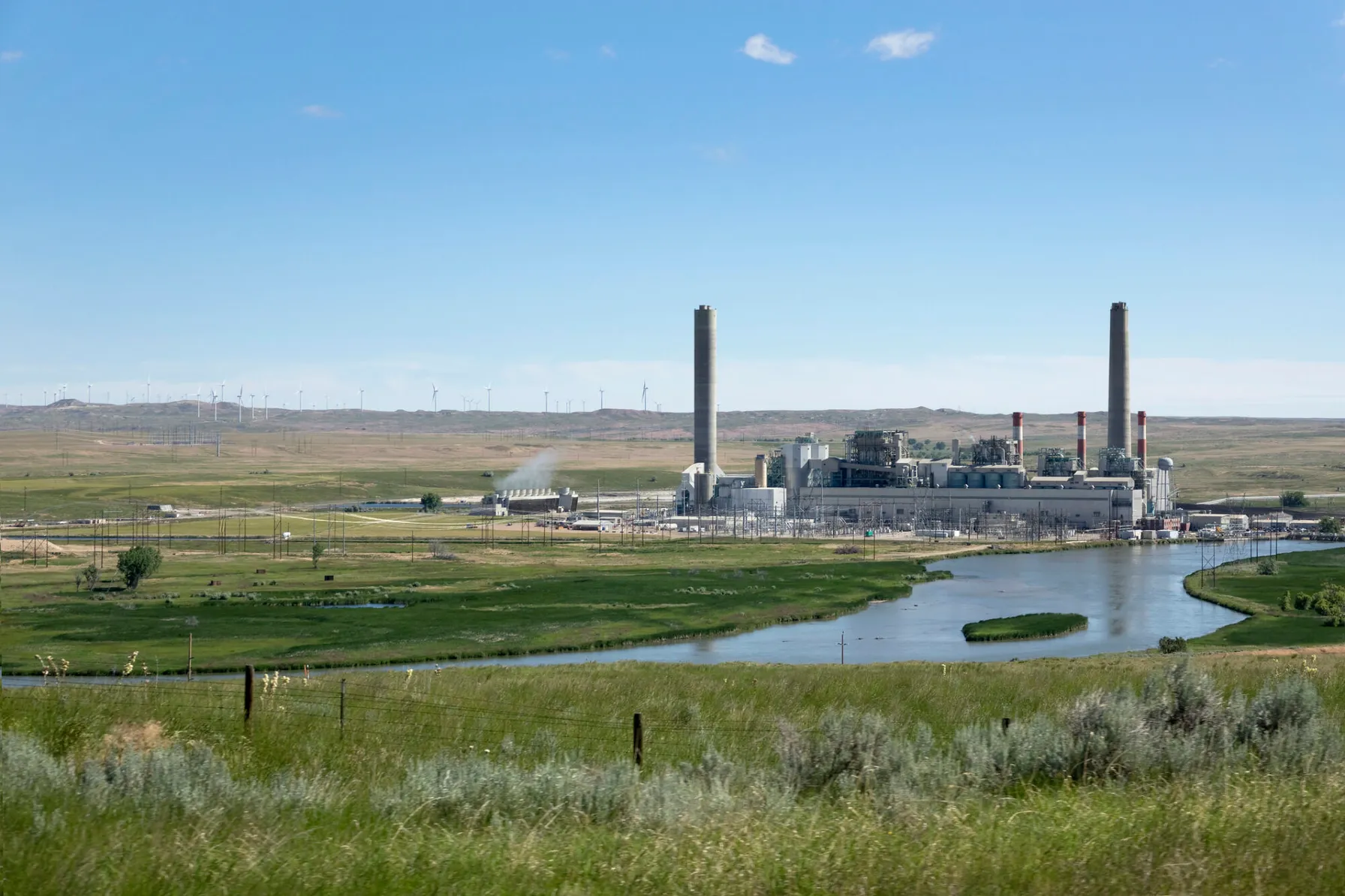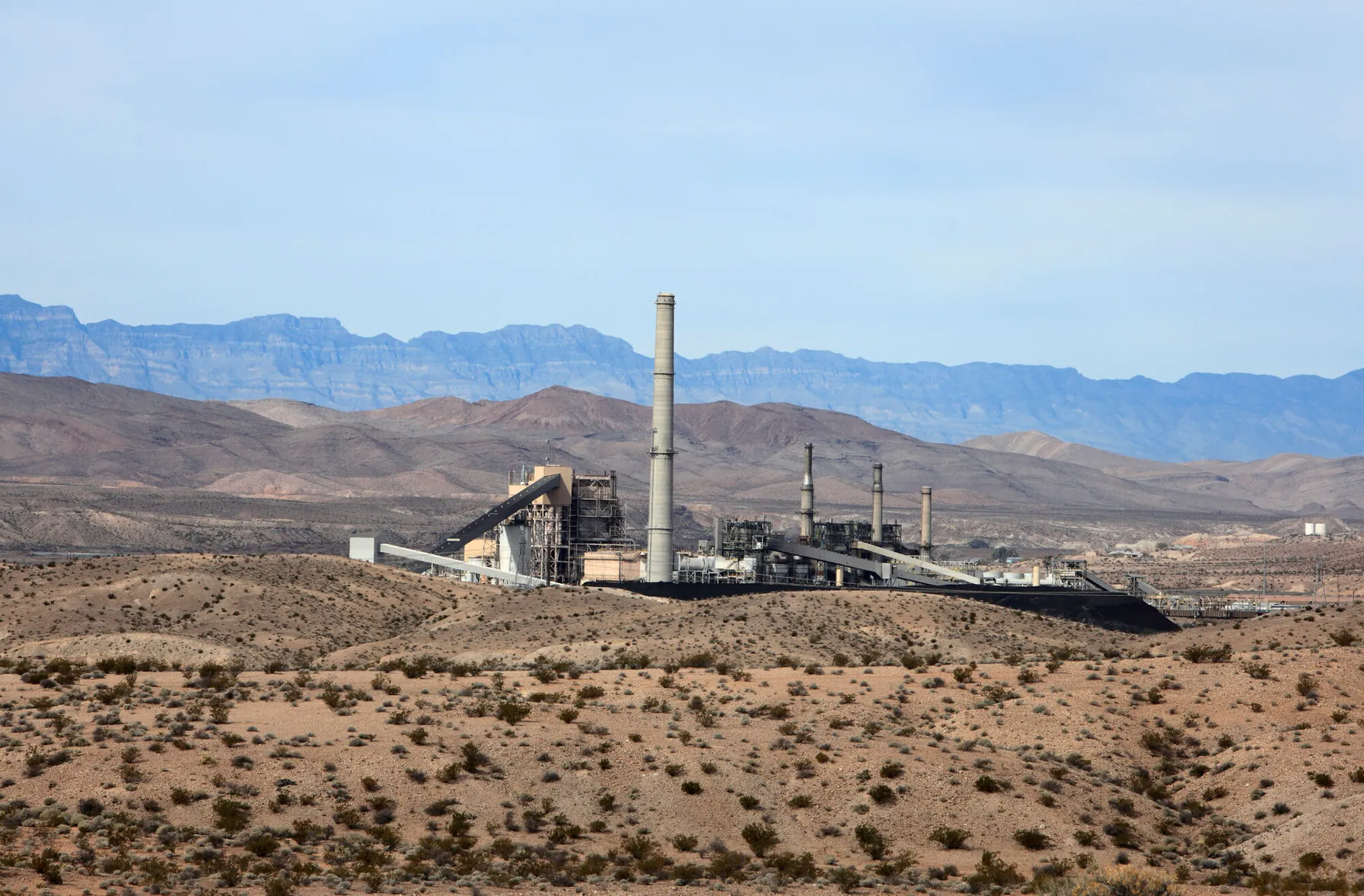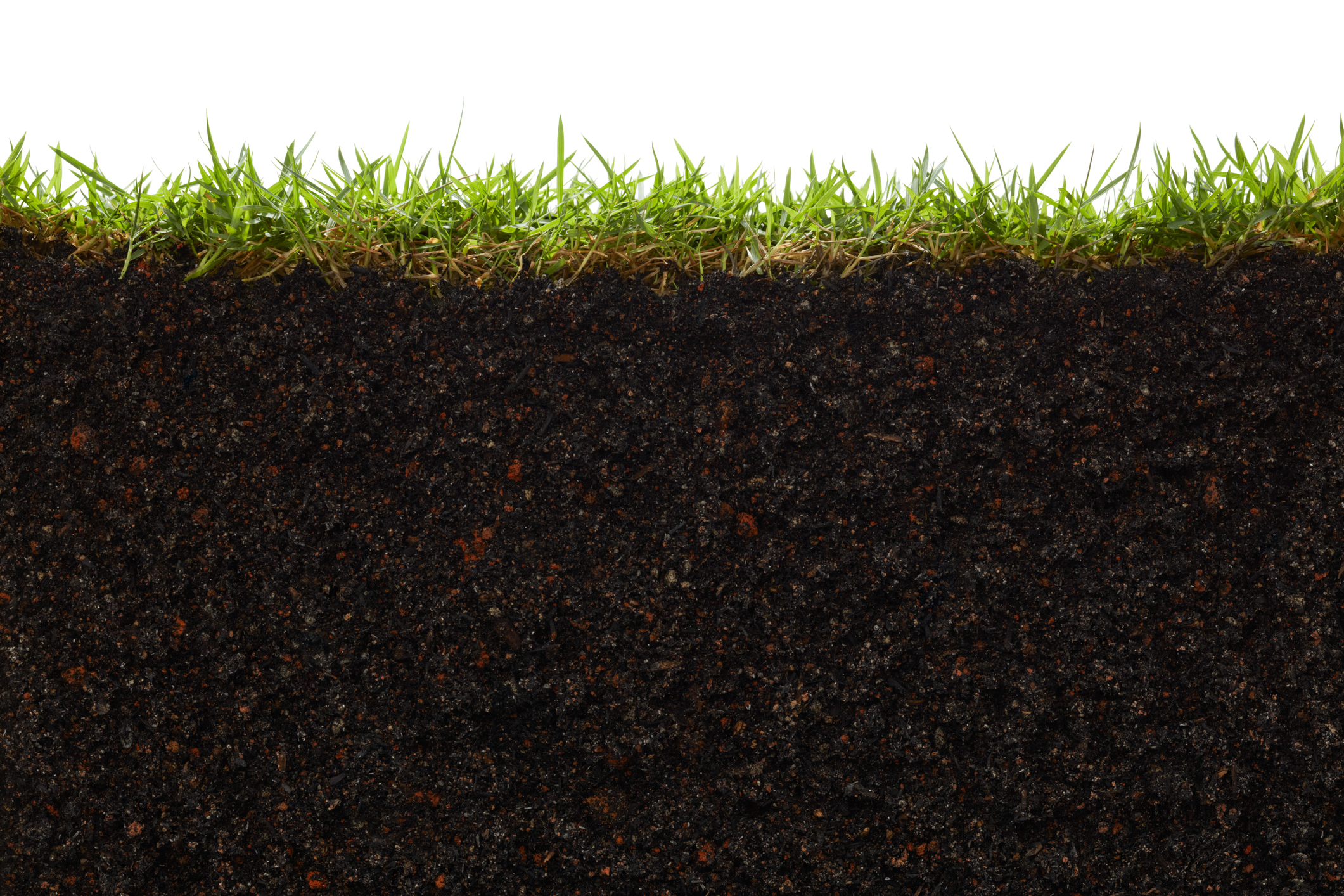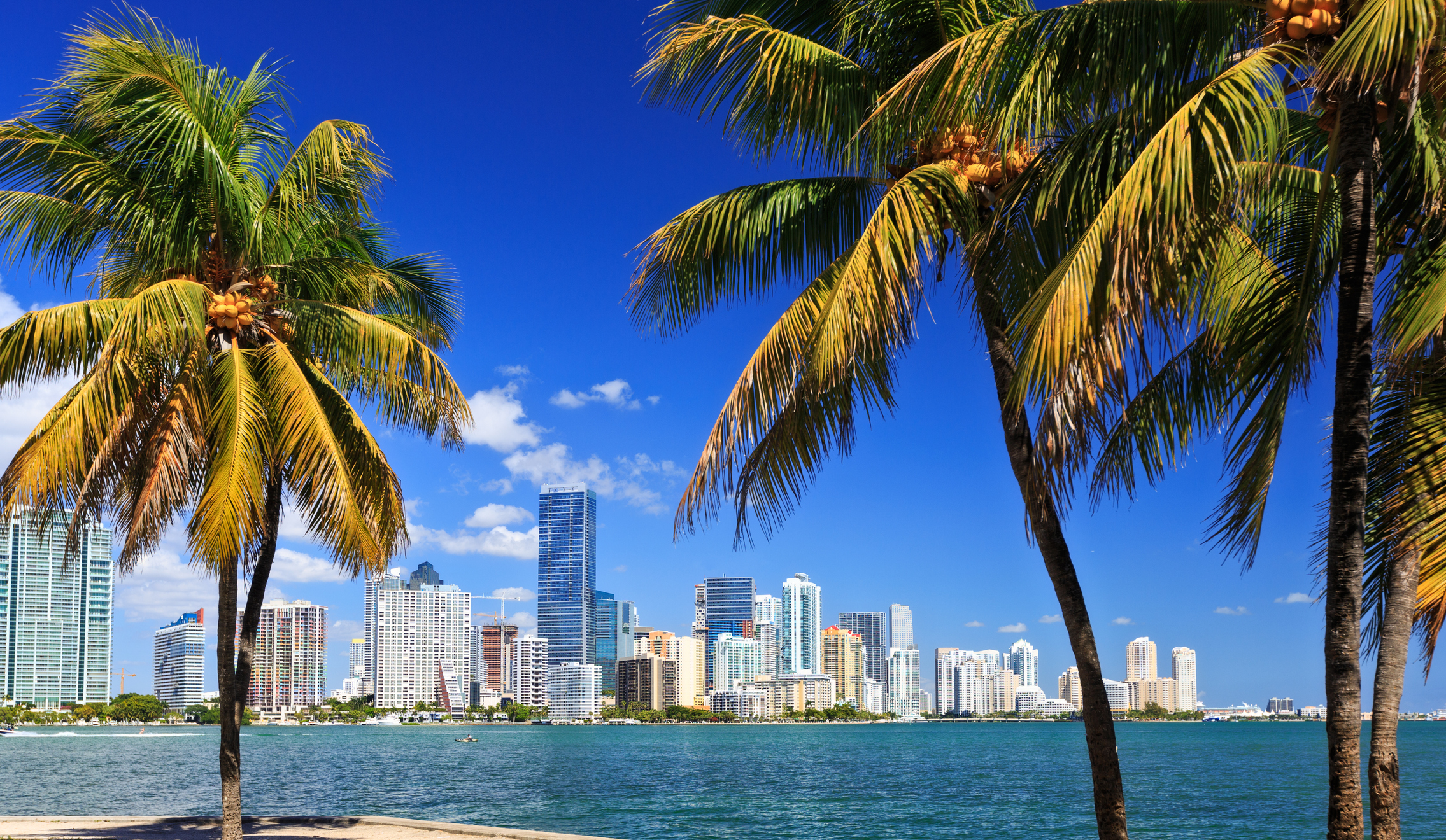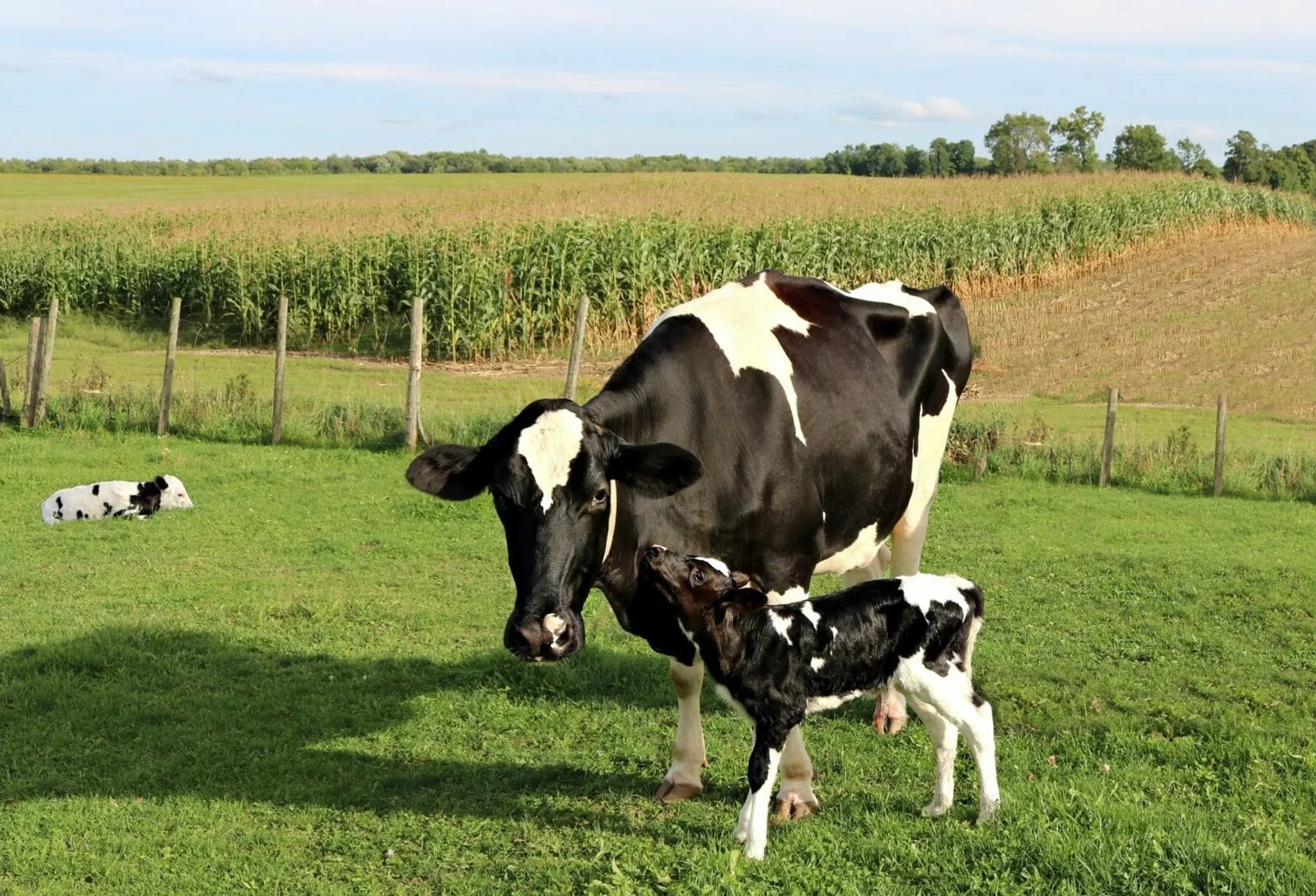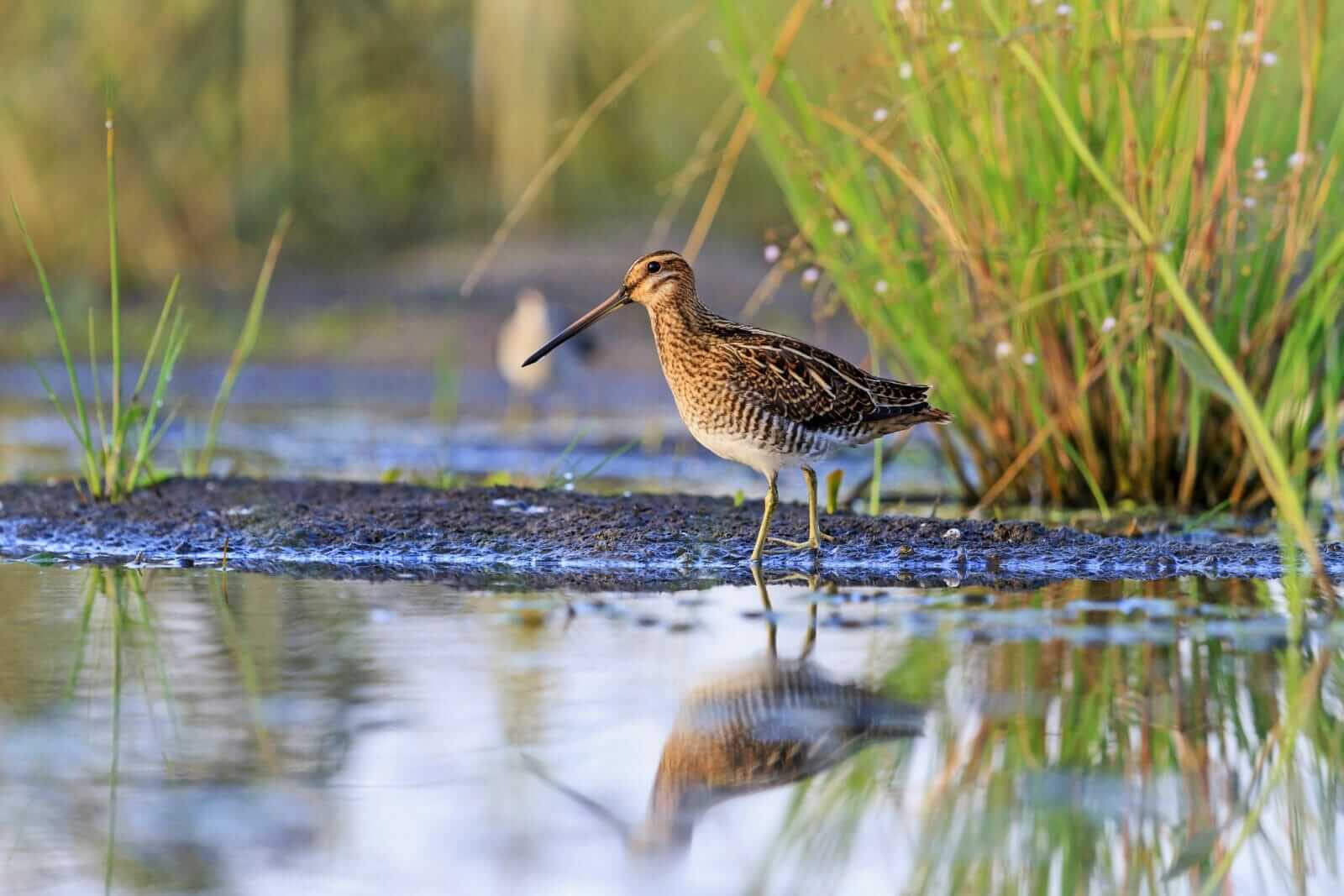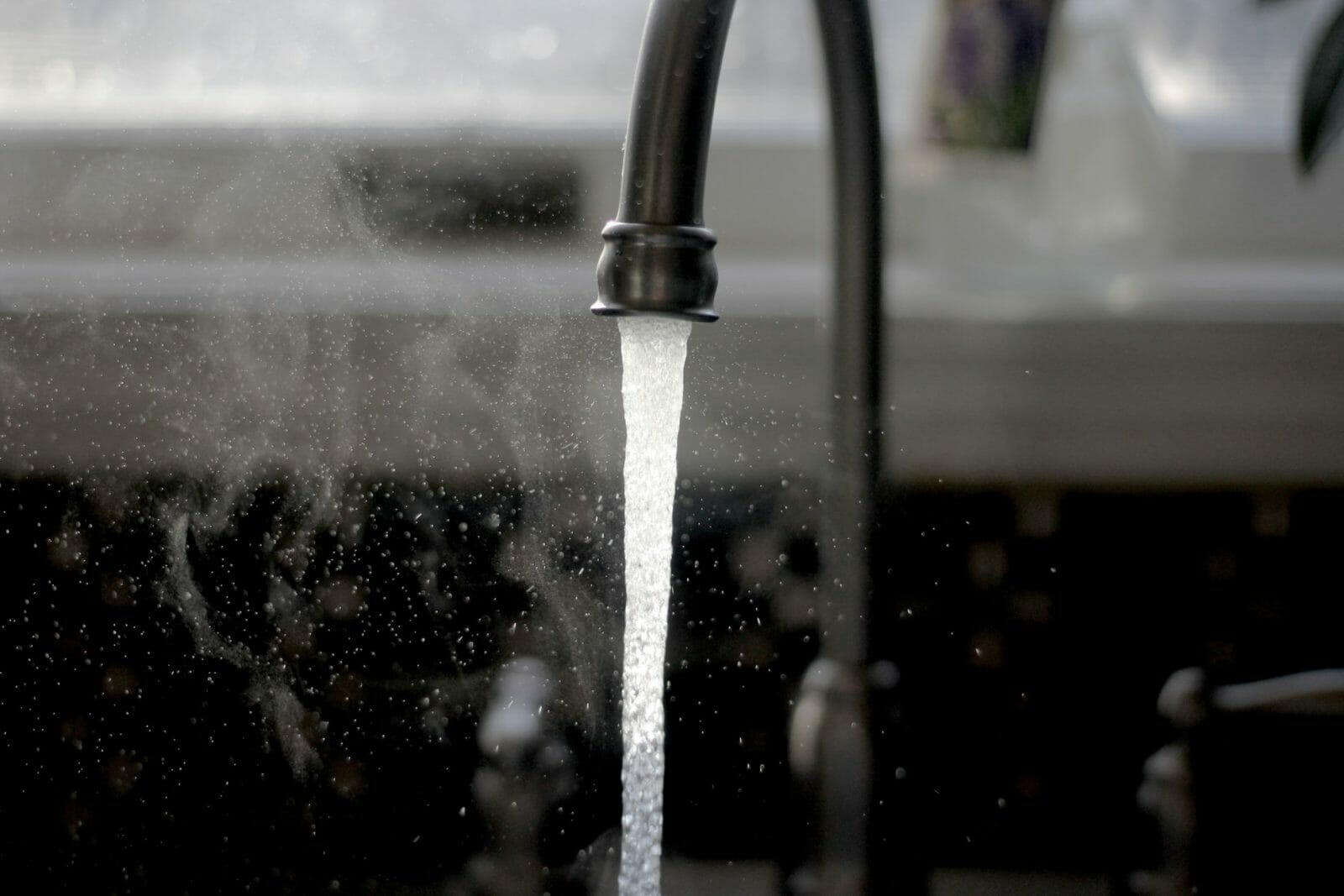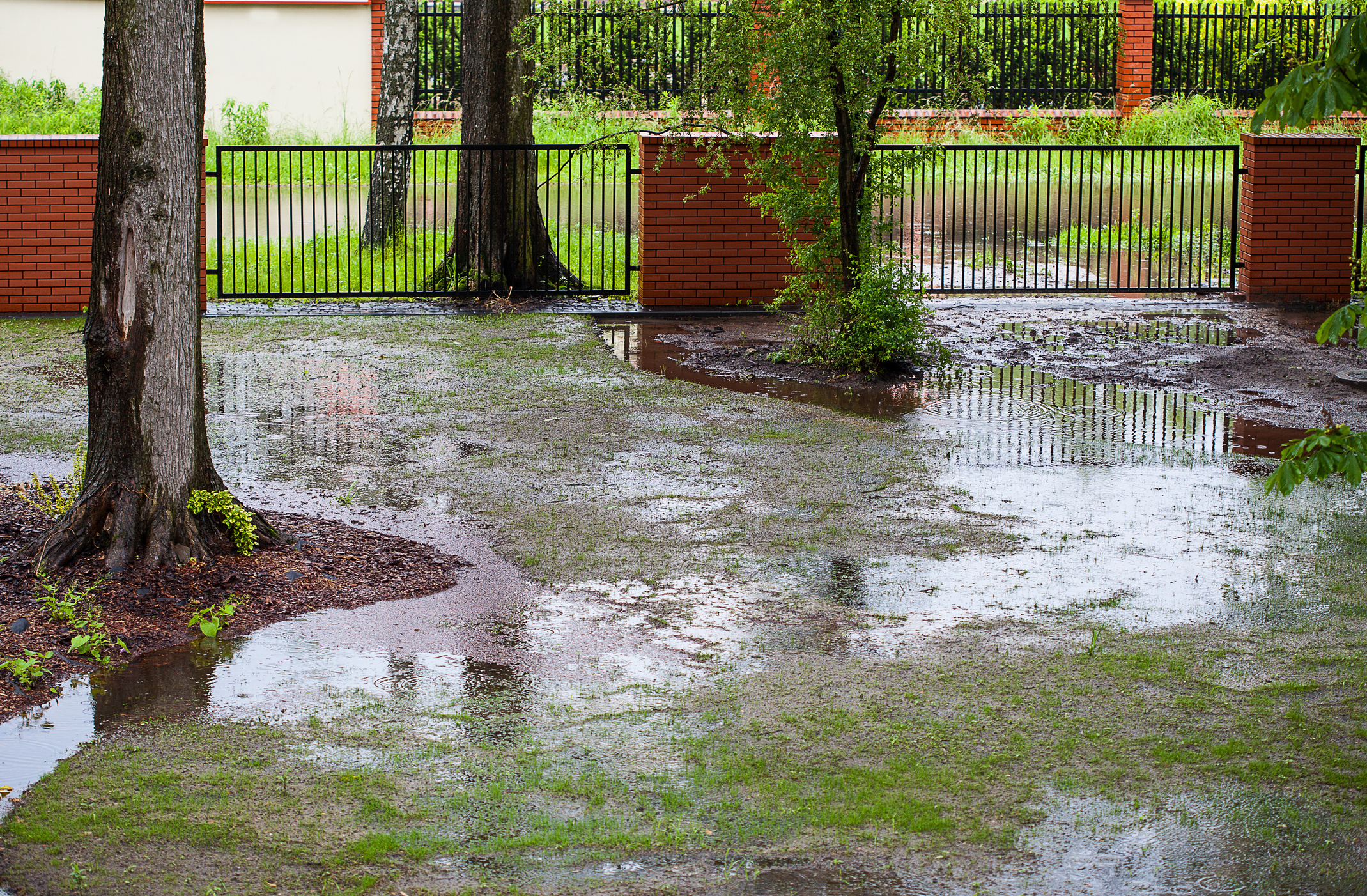UAVs for HABs Monitoring
Eutrophication and harmful algal blooms (HABs) pose a pervasive threat to the ecological health and community enjoyment of global freshwater and coastal ecosystems, impacting water quality, marine life and human health. Climate change has shifted hydrologic and meteorologic patterns, causing intensified nutrient loading from urban and agricultural pollution. Consequently, preventing the eutrophication of water bodies has become a high priority project for many municipalities that rely on water bodies for drinking water, recreation, fishing and tourism. As we strive to understand, monitor and mitigate the effects of eutrophication and HABs, the integration of cutting-edge technology has become indispensable, offering critical insights into complex ecosystems.
Unmanned aerial vehicles (UAVs, commonly known as drones) have emerged as pivotal tools in remote environmental sensing and habitat monitoring, with increasing applications for understanding and managing HABs. UAVs are autonomous or remotely piloted aircraft that can be equipped with a diverse array of sensors and imaging devices to enable them to collect a wealth of data from their surroundings. In environmental monitoring, UAVs capture real-time, high-resolution imagery and georeferenced data across diverse and remote or inaccessible habitats. UAVs play a pivotal role in tasks such as vegetation analysis, land cover mapping and topographic surveys, and—most importantly for HABs—can also be used to remotely detect and quantify algal concentrations in water bodies. UAVs provide safe, cost-effective and rapid means of surveying environmental conditions, contributing crucial information for effective natural resource management.
